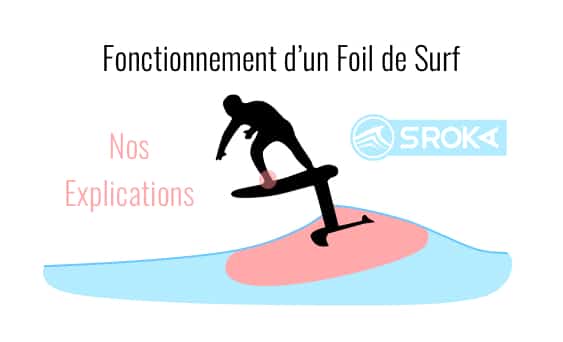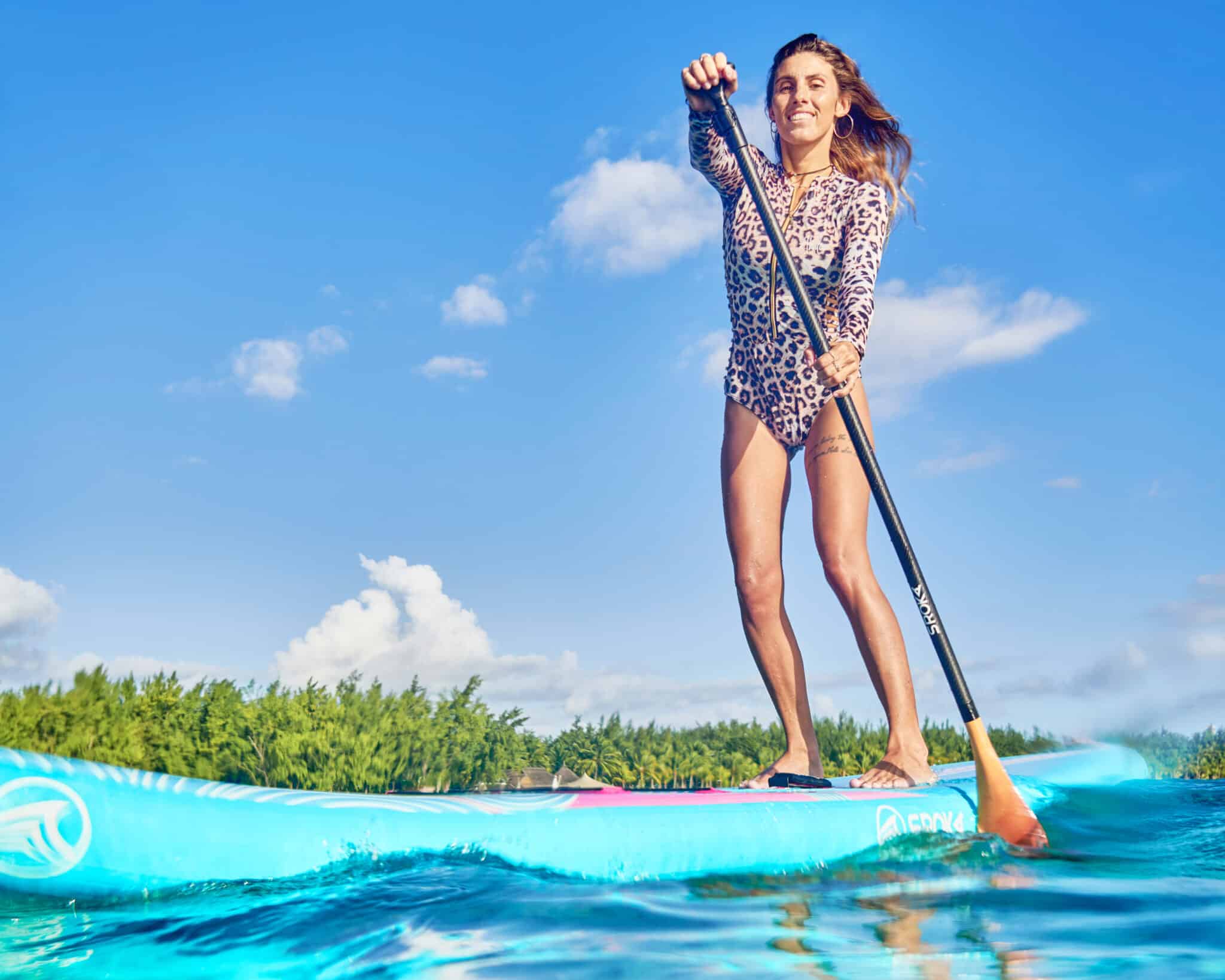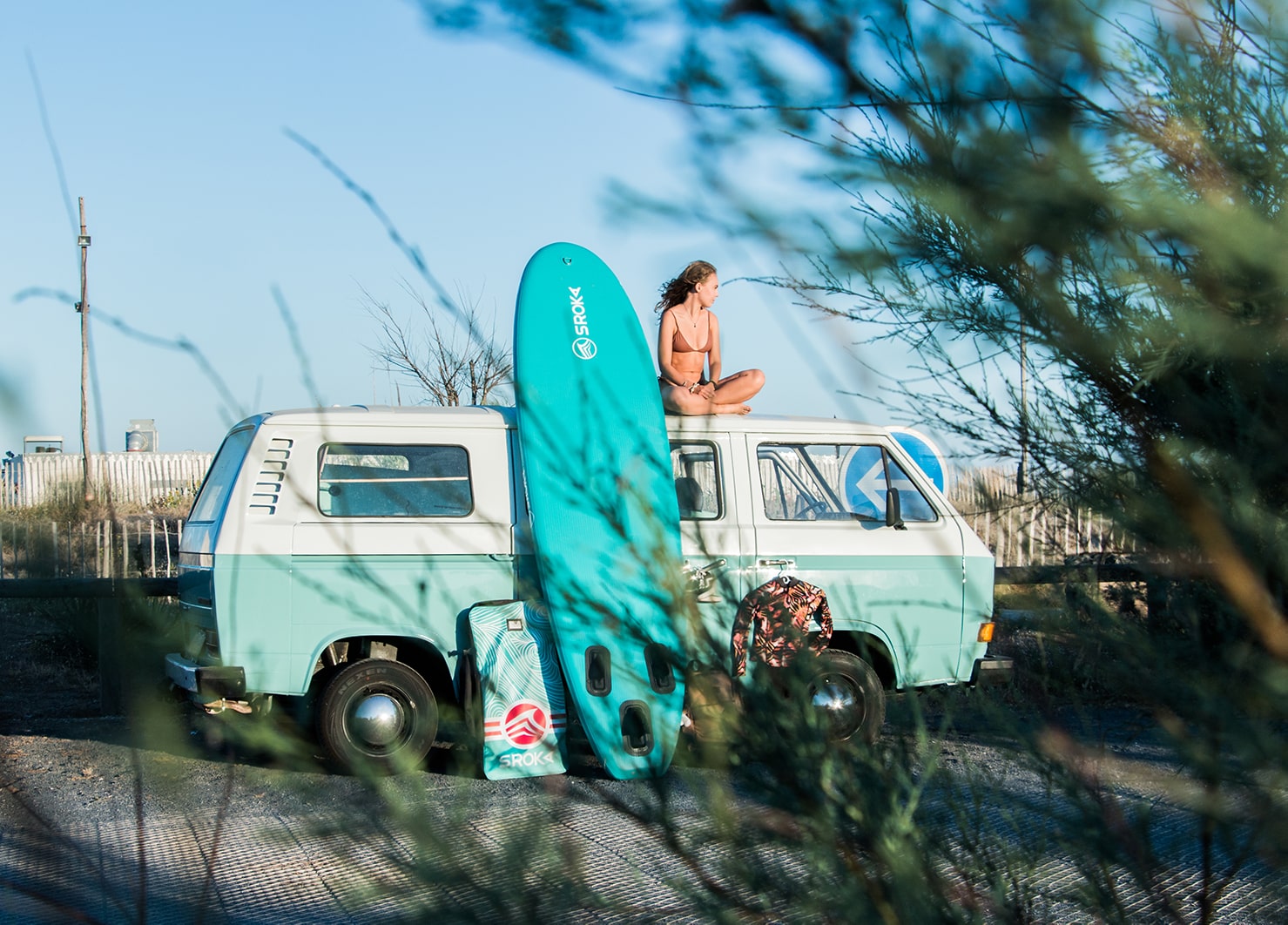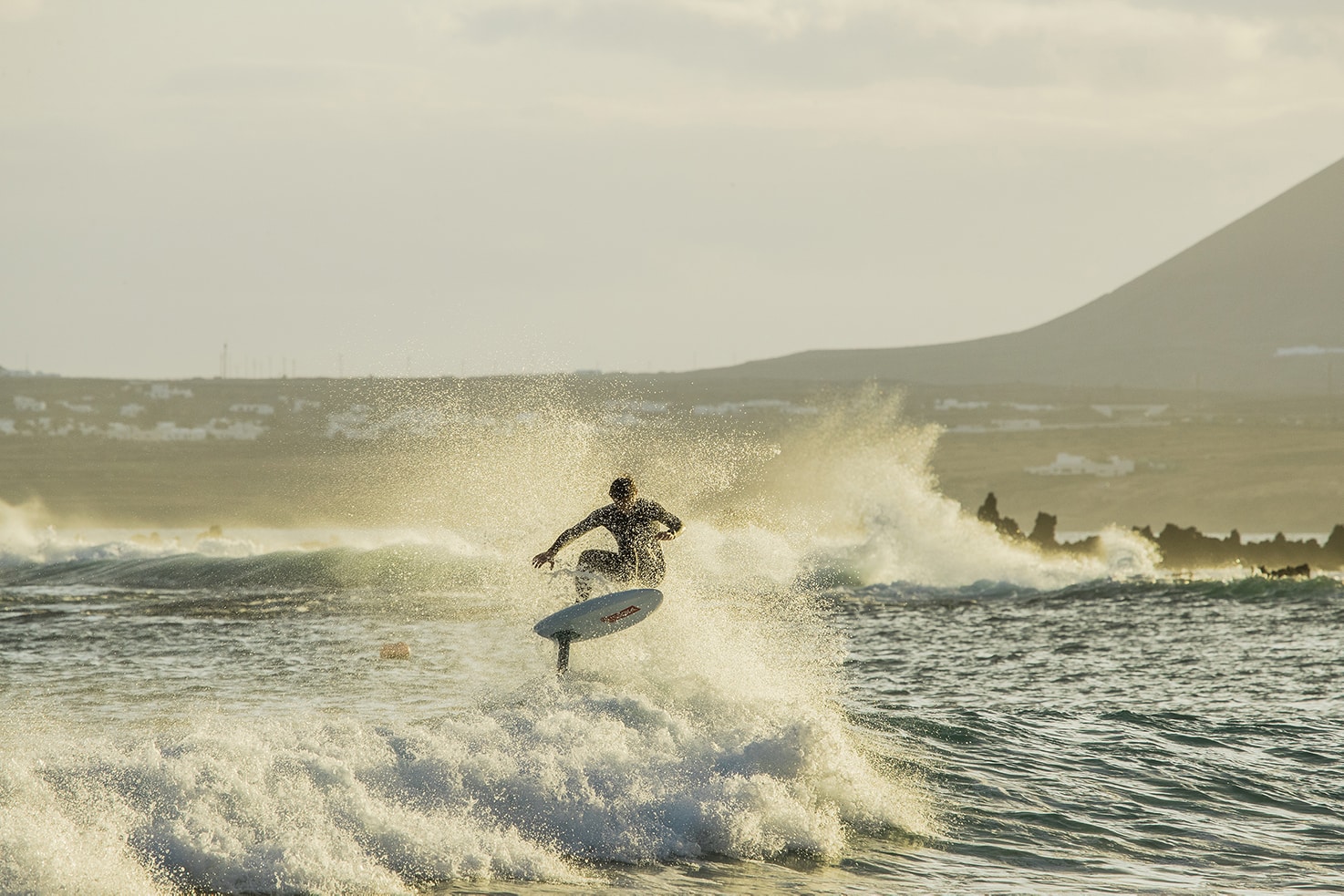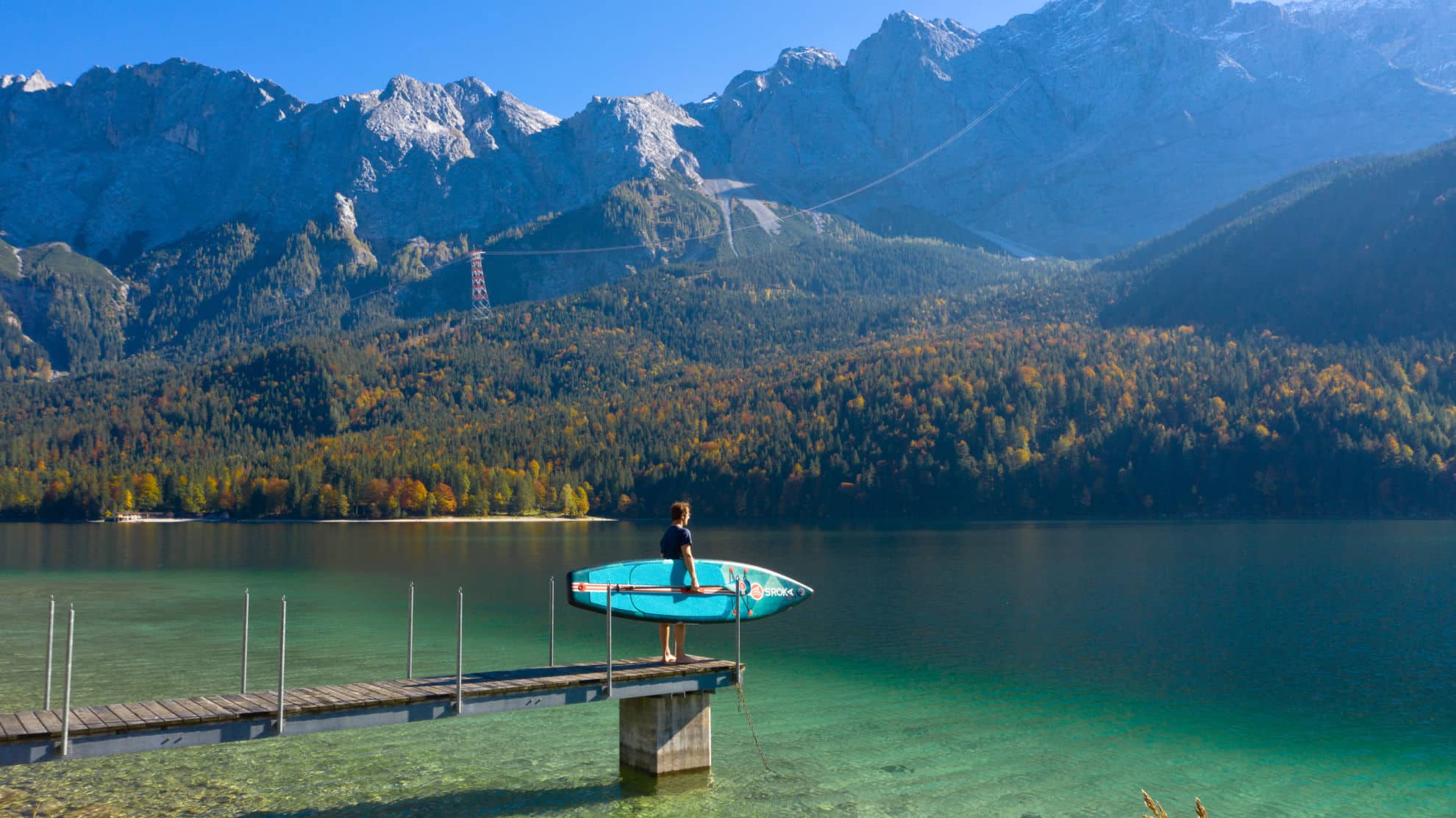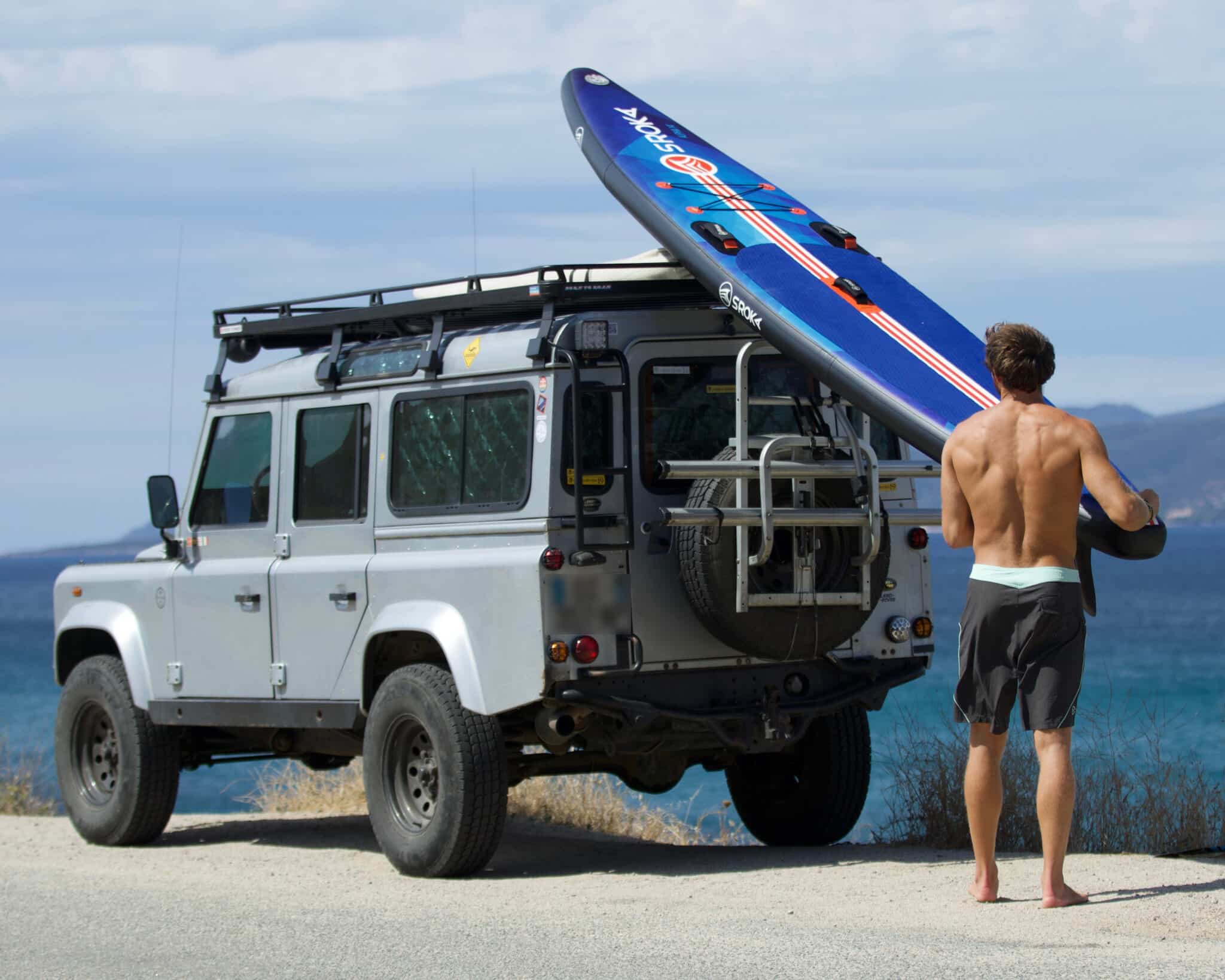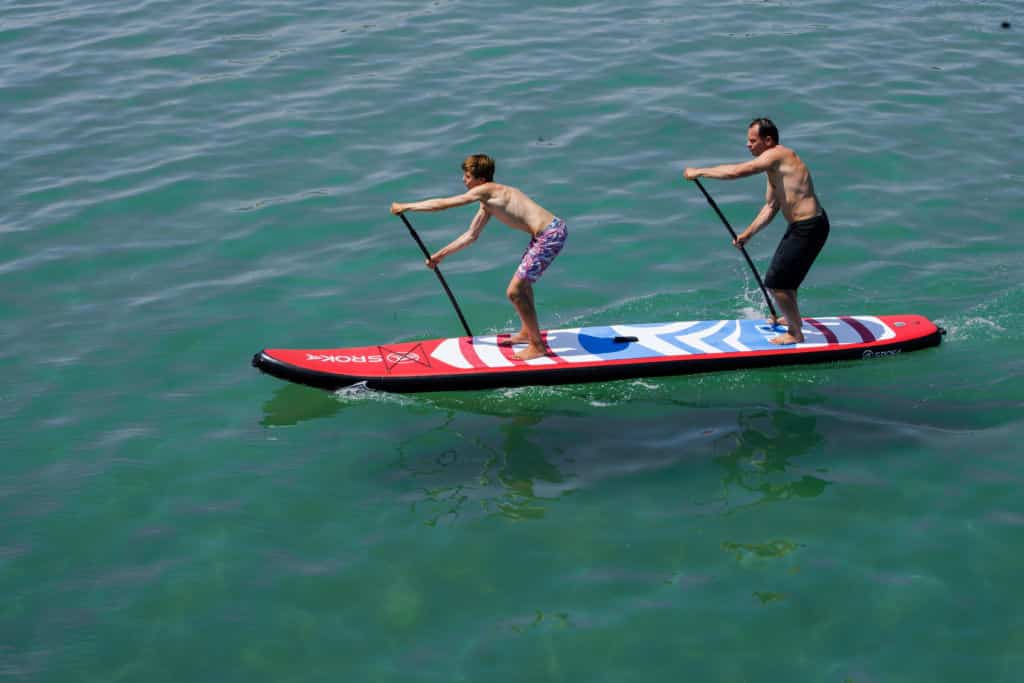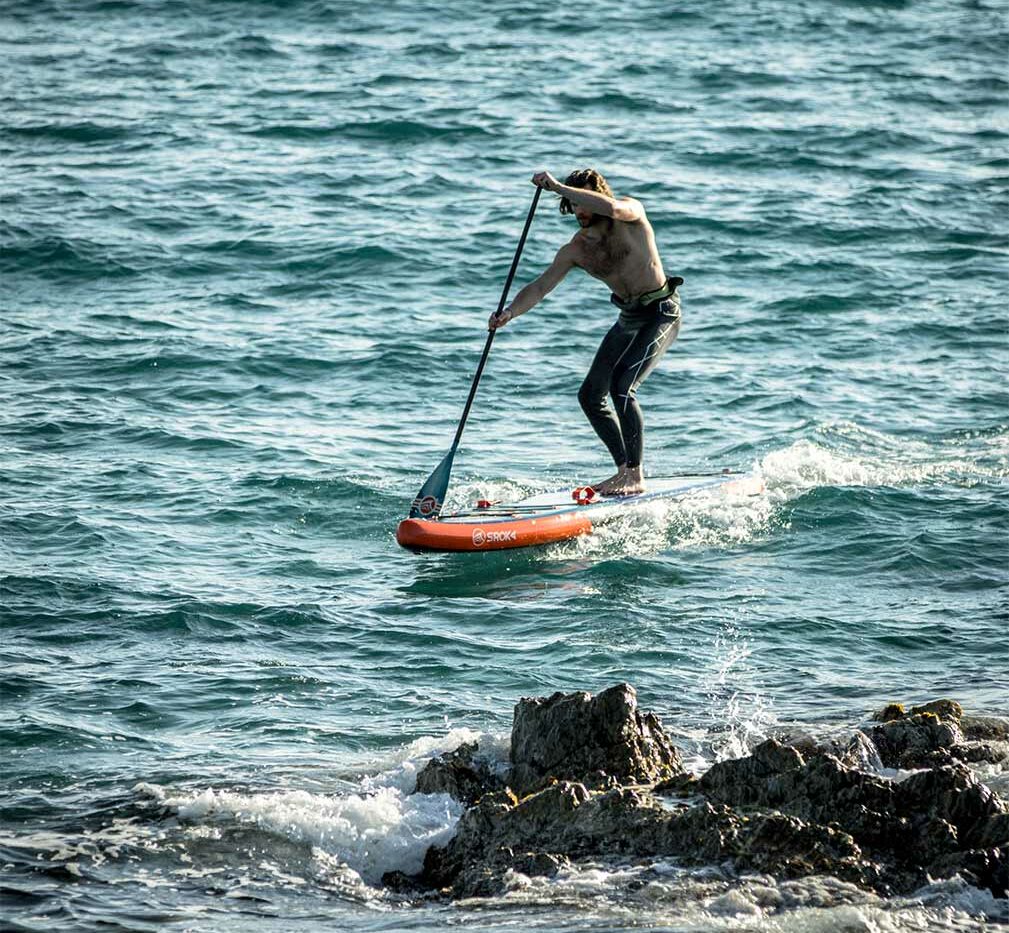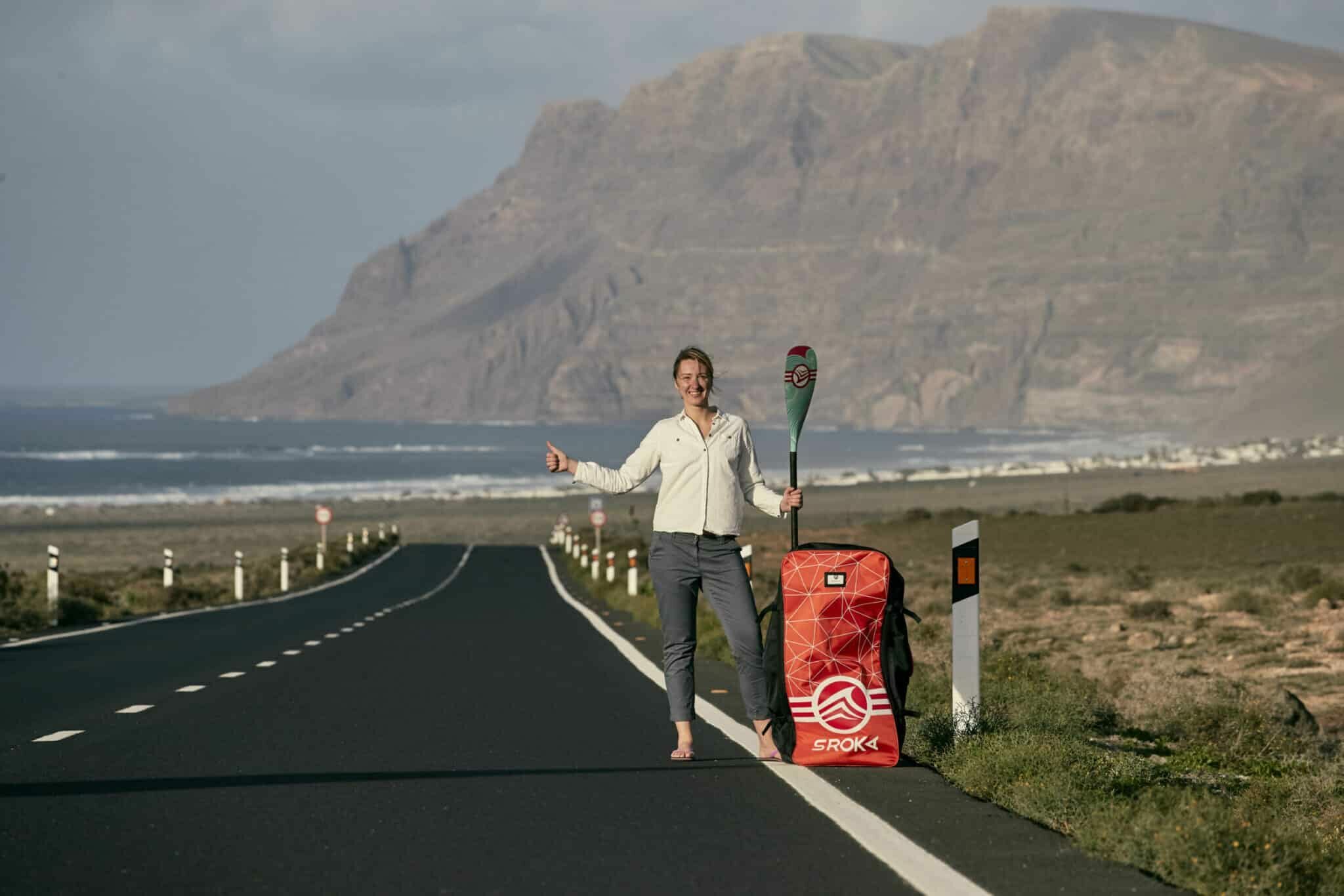 LE MAGAZINE
LE MAGAZINEWhere can you paddle?

Where can you paddle?
Paddling, or stand-up paddling (SUP), is a water sport that has been in vogue all over the world for several years now. It involves paddling standing up on a specially designed board. The discipline has grown in popularity in recent years, thanks to its accessibility to all skill levels and its versatility, which means it can be practised for leisure, fitness or competition, and on different bodies of water. Paddleboarding is also an excellent way to enjoy nature’s landscapes while working on your balance and endurance. Popular destinations or local spots, discover in this article the best places to paddle.

Paddleboarding can be practiced in a variety of environments, including the sea, lakes, rivers and canals. Each of these environments offers a unique experience and different challenges for paddleboarders. It’s important to choose the right environment for your level of experience and your goals.
Paddleboarding in the sea
The sea is the most popular environment for paddleboarding. The exciting nature of the seas offers breathtaking scenery – from sandy beaches to cliffs and rock formations, bigger waves and more challenging conditions for the more experienced. It’s also a great opportunity to cool off on hot summer days. Beginners can also enjoy the sea, but it’s important to choose a spot protected from waves and strong currents.
Paddleboarding on a lake
Lakes are an excellent option for beginners and families with children. Calmer and more peaceful, they offer magnificent views of the surrounding countryside. Lakes vary in size and depth, and can be chosen for relaxing in the great outdoors, workouts, hikes or even paddle competitions. Additional activities such as swimming, fishing and pleasure boating also make the lakes a prime vacation and leisure destination.
River paddling
Rivers are another popular choice for paddling, with faster, choppier waters requiring some experience and knowledge of whitewater navigation. Indeed, rivers offer a more stimulating and adventurous experience – a real added challenge for the more experienced looking to improve their skills and endurance. What’s more, rivers are often equipped with launching ramps and other facilities to facilitate access and paddling.
Paddle the canals
Canals are less common spots for paddleboarding, but provide an equally unique and tranquil experience in the middle of nature. The calm waters of the canals are ideal for beginners who want to paddle without being confronted with difficult conditions, such as waves and strong currents.
In addition to their peaceful character, canals are often located in urban areas, offering a different view of the city from the water. Paddleboat rides on the canals allow you to discover bridges, quays and historic buildings in a unique way.
Useful resources for finding the perfect location
- The Tourist Office is an excellent starting point for guidance on paddling destinations. They can direct you to suitable bodies of water, providing maps of rivers, lakes and beaches where you can paddle safely. Tourist offices can also provide information on paddle schools, local guides and equipment rental companies.
- Paddle blogs can also help you find a place to practice. These blogs often feature reviews and recommendations from other paddleboarders. They’ll be able to advise you on the best routes and places to practice, depending on the season, weather conditions and experience levels, as well as warning you about waters to avoid.
- Recommendations from friends, family or online users can also be useful. If you know people who have paddled before, ask them for advice and recommendations on the places they have visited and enjoyed. They’ll be able to give you a more objective opinion on sailing conditions, water quality and the equipment available.

Our tips for finding the perfect place to paddle
- Know your level: if you’re a beginner, choose a calm, safe place, such as a lake or canal, to get used to the sensations of paddling. If you’re at a more advanced level, you can venture out on rivers or seas to tackle the more complex challenges.
- Find out more from useful resources such as tourist offices, blogs, friends and social networks. Comments and opinions from other paddleboarders can help you find interesting places to paddle.
- Assess weather conditions to avoid dangerous situations. For example, avoid paddling in rain, strong winds or storms.
- Choose a place that inspires you and makes you want to come back. Natural landscapes, panoramic views and local points of interest can make your paddling experience even more enjoyable.
 Le Magazine
Le Magazine



